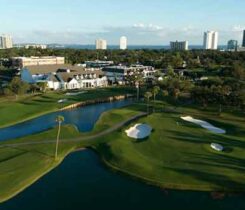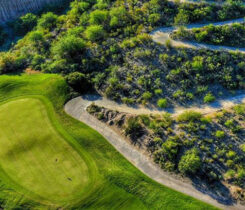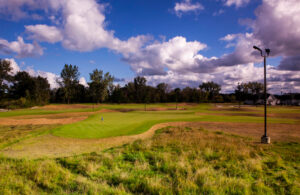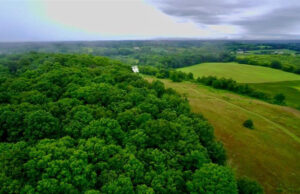An American history of zoysiagrass
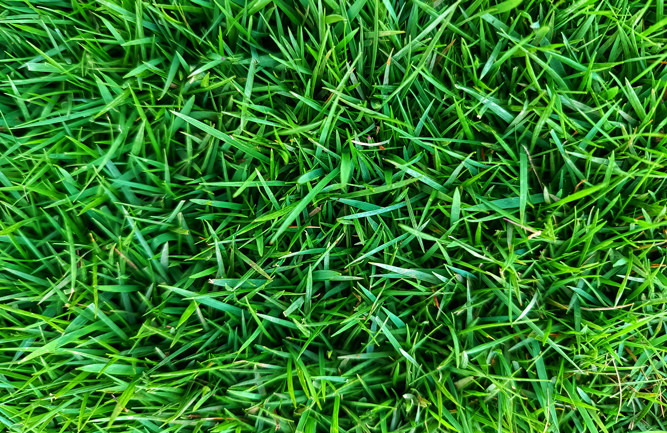
In 1894, Frank Lamson-Scribner, a leading agrostologist, mentioned Zoysia in a government report for its potential for lawns and pasture. In 1892, J.B. Olcott, a turfgrass enthusiast, cultivated a fine-textured Zoysia matrella in his experimental turf garden, which he had obtained from Japan through the Yokohama Nursery Company. John M.B. Sill, the U.S. consul-general in Korea, also sent Zoysia japonica seeds to the USDA in 1894.
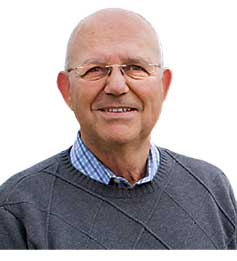
These early introductions from Japan and Korea would become the foundation for zoysiagrass. Over the next few decades, plant explorers and missionaries joined the search for exceptional turf. Reverend W.M. Baird, a missionary in Korea, introduced additional varieties in the early 1900s. Around the same time, botanist David Fairchild introduced a velvety grass from southern Japan — believed to be either Z. matrella or Z. pacifica — a stunning yet frost-sensitive species admired for its lawn appeal.
Frank N. Meyer, a prolific collector in Korea and China during the early 20th century, brought back numerous zoysiagrass samples described as ideal for both golf courses and home lawns. In 1912, Charles V. Piper introduced Z. matrella from the Philippines, giving rise to the popular term Manilagrass. From the Bonin Islands near Japan, a grass known as Mascarene grass — now identified as Z. pacifica — arrived in 1912.
In the 1930s, USDA explorers P.H. Dorsett and W.J. Morse journeyed through Asia in search of new turfgrasses. In 1940, one of their selections became the experimental cultivar Z-52. USDA scientists Ian Forbes, Jr., and Marvin Ferguson, along with the USGA’s Fred V. Grau, are credited with its selection. Z-52 was released as ‘Meyer’ in 1951, named after the explorer Frank Meyer. Today, it is still produced in 17 states in the U.S.
In the 1920s and 1930s, golf courses in Florida and the Midwest began planting zoysiagrass. By the 1940s and 1950s, zoysiagrass was gaining traction. The seeded variety ‘Sunburst’ was introduced in 1951, and in 1955, ‘Emerald’ zoysiagrass was released — an attractive shade-tolerant hybrid targeted for Southern lawns. Later, William H. Daniel, Ph.D., at Purdue University, released ‘Midwest’ in 1963, which surpassed Meyer in cold tolerance.
Today, these three main species — Z. japonica, Z. matrella and Z. pacifica — are known as zoysiagrass, valued for their dense turf and tolerance to varying climates in the U.S. Genetic studies later confirmed that this trio forms a continuum of traits, suggesting they might not be distinct species but different ecotypes of one species. This ambiguity led to the general adoption of the single common name: zoysiagrass.
Zoysiagrass breeding intensified in the 1980s, led by Milt Engelke, Ph.D., at Texas A&M and Jack Murray of the USDA. They collected more than 800 zoysiagrass samples from Asia in 1982, thereby dramatically diversifying the gene pool. From these efforts, standout cultivars like ‘Belair,’ ‘Diamond’ and ‘Zorro’ were born.
In 1996, private breeder David Doguet released ‘Zeon’ and ‘JaMur,’ two of the most successful commercial cultivars to date, developed from Murray’s collection. Zeon, in particular, became a favorite on golf courses. In 1999, Sod Solutions introduced ‘Empire,’ developed in Brazil and widely adaptable.
The 2000s saw many new releases. With more than 30 new cultivars introduced in the last two decades, zoysiagrass has emerged as an alternative to bermudagrass cultivars. By 2015, more than 25,000 acres of zoysiagrass covered U.S. golf courses, primarily in the transition zone and Southeast.
Read a more in-depth summary from “Zoysiagrass (Zoysia spp.) History, Utilization and Improvement in the United States: A Review” by Patton, Aaron J., Schwartz, Brian M., and Kenworthy, Kevin E. (2017) here.
Mike Kenna, Ph.D., retired director of research, USGA Green Section. Contact him at mpkenna@gmail.com.









